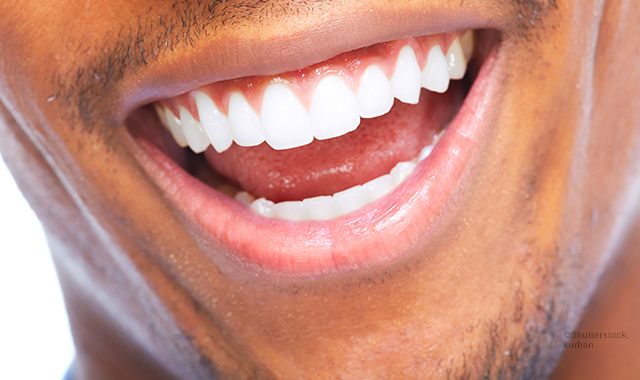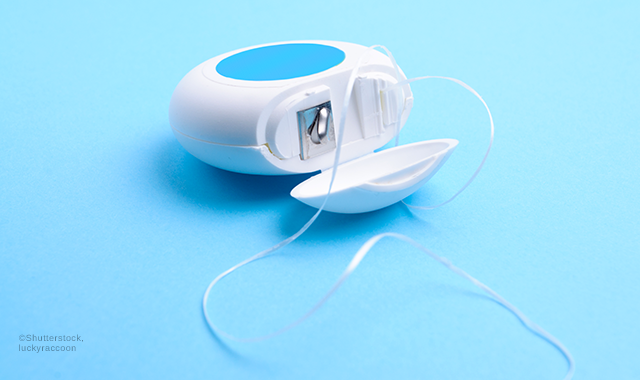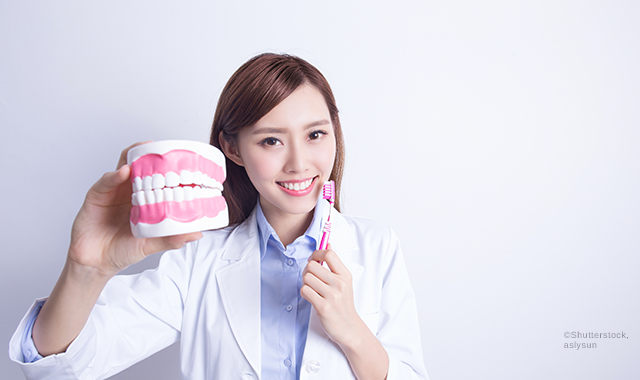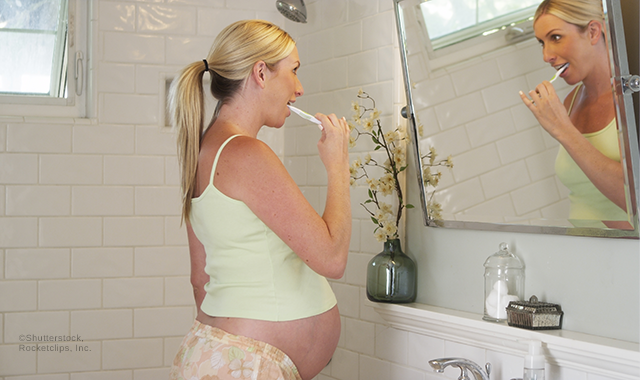5 myths about the mouth - Debunked
Working in dentistry, we hear a lot of things patients think are true when it comes to oral health. It’s easy for these myths to be perpetuated online, but just because it’s on the internet doesn’t mean it’s true. Here are five myths where the record needs to be set straight with the truth.
Working in dentistry, we hear a lot of things patients think are true when it comes to oral health.

It’s easy for these myths to be perpetuated online, but just because it’s on the internet doesn’t mean it’s true. Here are five myths where the record needs to be set straight with the truth.
Continue to the next page to see the first myth...


Myth: Bleeding gums are normal
Debunked: You would be concerned if you washed your hands and they bled, right? Of course! The same logic applies to your gums. Bleeding is the first sign of infection. The reason gums bleed is because plaque, which is full of disease-causing bacteria, accumulates where a toothbrush can’t reach. This is why cleaning in between your teeth every day is so important. Brushing only reaches about 65 percent of the tooth surface, no matter how well you brush.
Trending article: What you need to know about oral rinses
Flossing allows you to reach the other 35 percent. It’s important to reach those areas that brushing doesn’t because bacteria accumulates in those areas. The longer it sits and becomes stronger, this bacteria can lead to the destruction of bone that hold your teeth in place, in addition to bleeding and inflammation of your gums. Once bacteria sits undisturbed, it will harden and cause more irritation to your gums. At this point, the hardened bacteria, also known as calculus or tartar, can only be removed by a dental hygienist. This is why regular dental appointments are more than just checking for cavities.

Myth: String floss is the only way you can clean between your teeth
Debunked: When it comes to cleaning in between your teeth, there are actually many options to choose from. There are a variety of floss aids available that might be easier for you to use than string floss. Some of these include waterflossers and interproximal (in between) brushes that come in several different sizes. Your hygienist can help you pick the best option for your individual needs and even show you how to use the option best for you, correctly. It’s all about using the method, correctly, that works for you!
Trending article: Survey finds shocking number of patients lie to their dentists about flossing

Myth: Your teeth are healthy if they don’t hurt
Debunked: Often times in the beginning stages, many dental problems, like chronic gum disease or cavities, don’t start out with pain. Once the problem has progressed to the point of pain, it usually means treatment is needed that can be quite extensive and expensive. For example, a cavity tends to only hurt once it has reached the center of the tooth where the nerves are located. A filling won’t simply take care of the problem at this point. Often times you will need a root canal and crown, if the tooth can even be saved at all. This is why it is so important to detect problems early with X-rays and regular dental visits.
Trending article: 7 cool dental hygiene products you should know about

Myth: Oral health isn’t related to overall health
Debunked: Simply put, your mouth is connected to the rest of your body. In fact, many diseases first show symptoms in your mouth. This includes some autoimmune diseases and even HIV. Additionally, you are swallowing the bacteria in your mouth all day, every day. If you have gum disease this bacteria can be harming more than just your mouth. Bacteria can enter your bloodstream and affect other organs in your body.
Related reading: 9 of the scariest medical conditions with links to oral health
Research is emerging every day showing links of bacteria from the mouth contributing to heart disease, increased stroke risk, rheumatoid arthritis, low birth weight of babies, several types of cancers, Alzheimer’s disease and even the ability to control blood sugar levels in diabetes. Bottom line: an infection in your mouth leads to problems for the rest of your body.

Myth: Cavities are caused by babies stealing calcium from the mother’s teeth
Debunked: This is a very old wives’ tale that just won’t seem to go away. Gum disease and dental decay (cavities) are bacterial infections that can be influenced by many factors. Pregnancy alone doesn’t cause bacterial infections in the mouth. However, pregnancy can cause trouble in your mouth due to hormone changes, acid reflux, morning sickness, saliva flow changes and eating habits. Hormone changes during pregnancy can cause pregnancy gingivitis in some women. Excellent homecare including brushing at least twice per day for a full two minutes and cleaning in between your teeth once per day can help keep pregnancy gingivitis at bay. More frequent oral hygiene appointments can help as well. Saliva flow can be altered during pregnancy leading to a more acidic environment in your mouth (because saliva keeps your mouth at a neutral pH) which can lead to cavities.
Related reading: Does having more children equal fewer teeth for mothers?
Again, excellent homecare can help with this. Your hygienist and dentist can also recommend prescription-strength fluoride toothpaste, fluoride trays, and other products that can benefit the pregnant patient. Morning sickness and acid reflux can also wreak havoc on your teeth because stomach acid can erode the enamel on teeth. It sounds counterintuitive, but don’t brush your teeth right after throwing up, instead rinse your mouth with water or a mixture of baking soda to neutralize the acid. Wait to brush your teeth for at least 30 minutes. And of course, snacking often can cause cavities whether you are pregnant or not, which can lead to cavities. So while pregnancy can cause oral issues, your sweet bundle of joy isn’t stealing the calcium from your teeth.